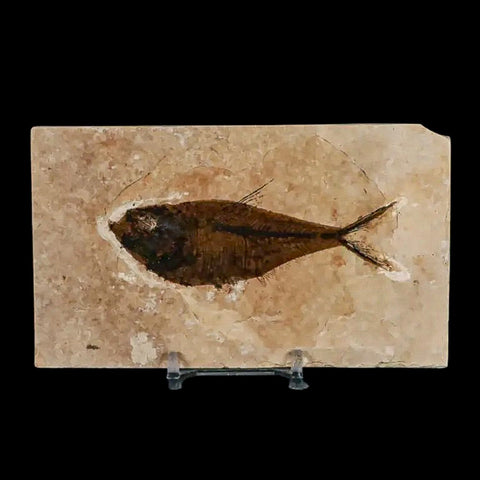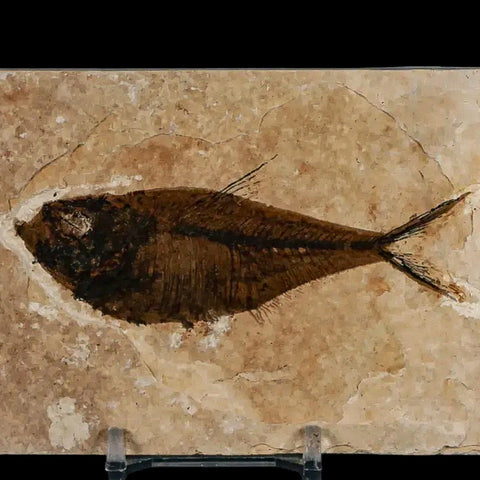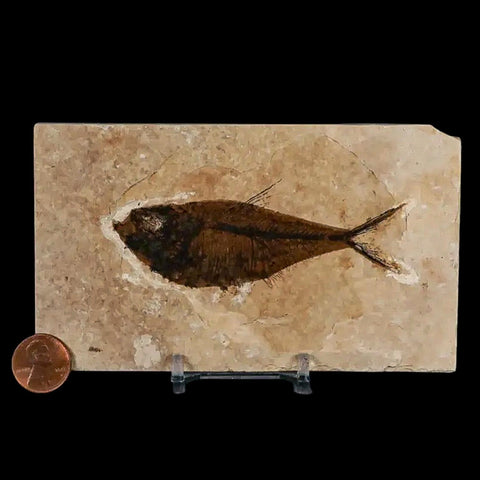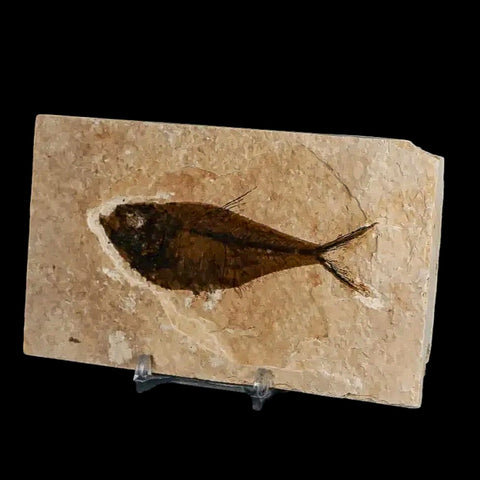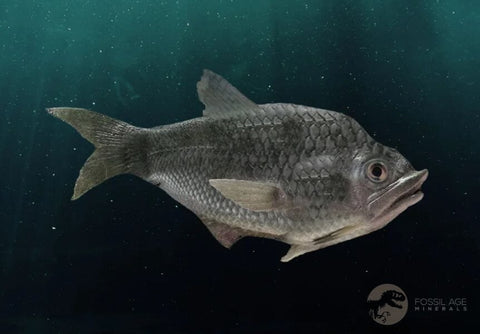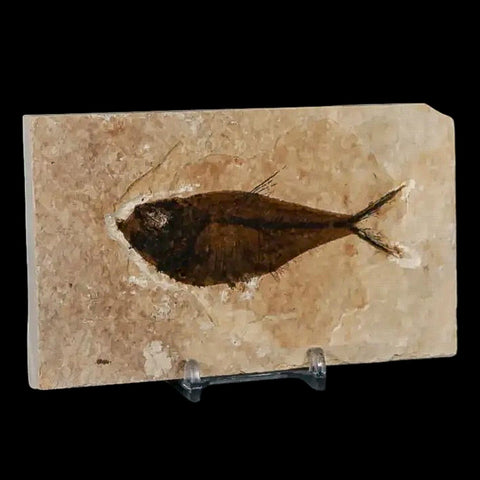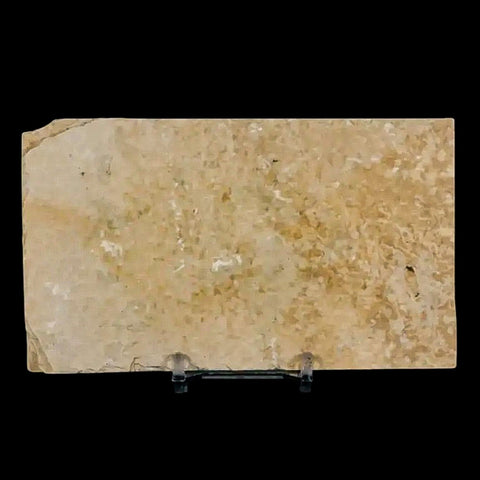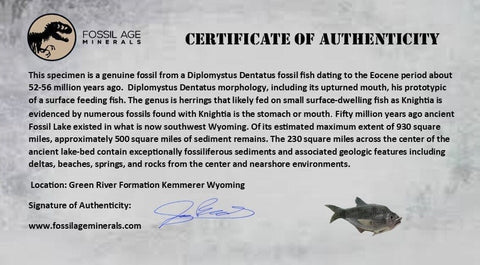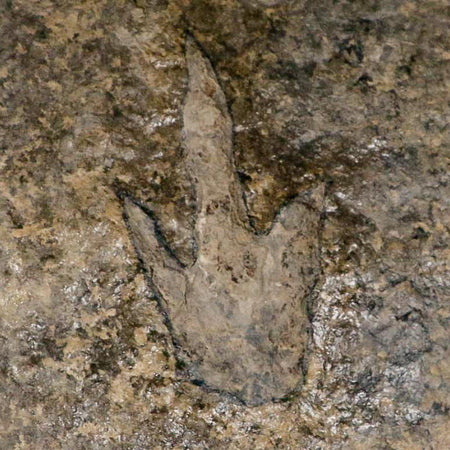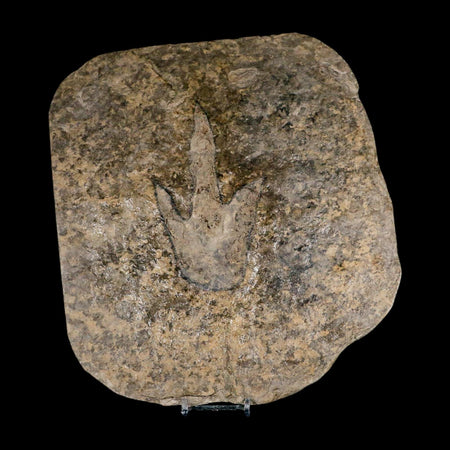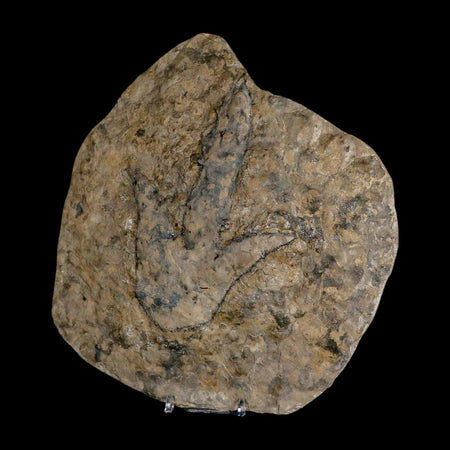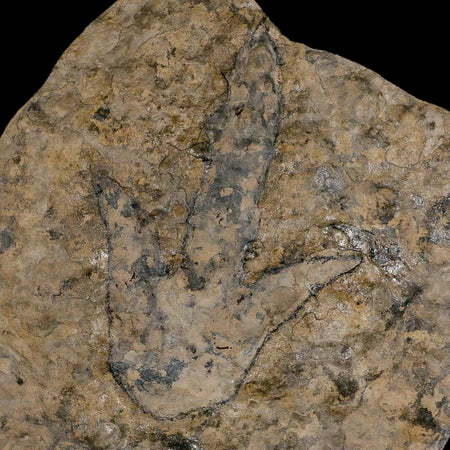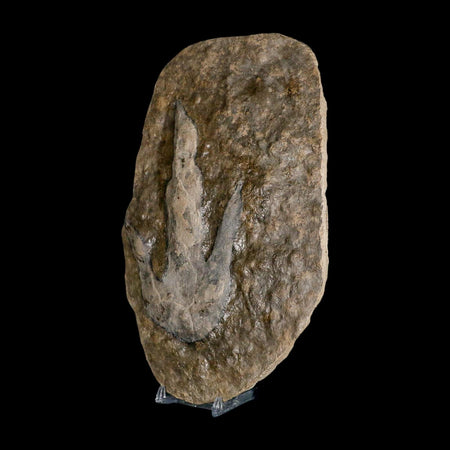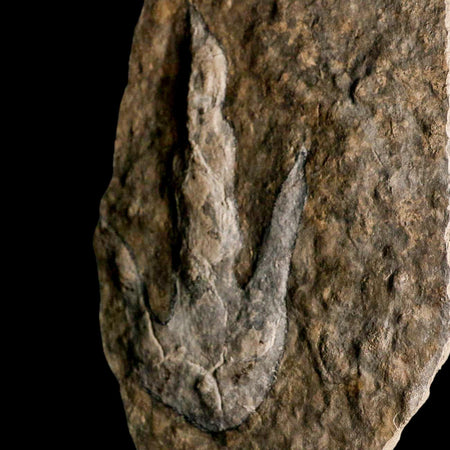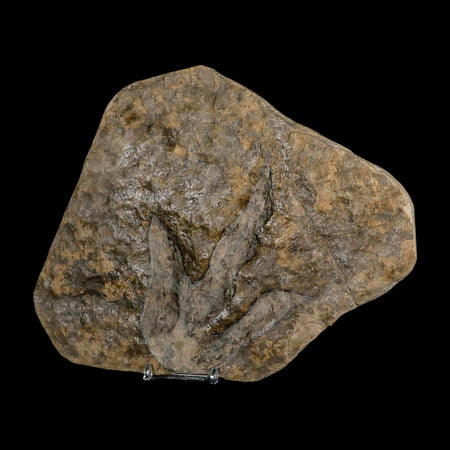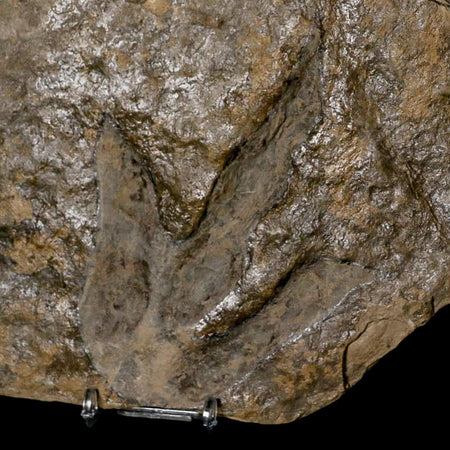3.6" Diplomystus Dentatus Fossil Fish Green River FM WY Eocene Age COA, Stand
Location: Kemmerer, Wyoming
Weight: 7.5 Ounces
Dimensions: 5.3 Inches Long, 3.1 Inches Wide, 0.4 Inches Thick (Plate)
Fish Dimensions: 3.6 Inches Long, 1.3 Inches Wide
Comes with a Free Stand.
Comes with a Certificate of Authenticity.
The item pictured is the one you will receive.
56 million years old, Eocene age.
The morphology of Diplomystus Dentatus, notably its upturned mouth, exemplifies adaptations typical of surface-feeding fish. This genus, belonging to herrings, predominantly preyed upon diminutive surface-dwelling fish such as Knightia, as substantiated by numerous fossils revealing Knightia remains within their stomachs or oral cavities. Approximately fifty million years ago, the vast expanse of Fossil Lake occupied present-day southwest Wyoming. From its estimated peak coverage of 930 square miles, around 500 square miles of sedimentary deposits persist. Notably, the central 230 square miles of this ancient lakebed preserve exquisitely fossiliferous strata alongside distinctive geological formations, including deltas, beaches, springs, and lithologies representative of both central and nearshore lacustrine environments.
The unusual chemistry of the fossil lake prevented decay and scavenging of dead organisms, while millimeter-thick layers of alternating limestone gradually built up. The result is laminated limestones that hold the highest concentration of fossil fish in the world. These fish, along with other aquatic organisms and related geological features, make Fossil Lake the world's best Paleogene record of a freshwater lake ecosystem.
Since their discovery in the 1870s, many beautifully preserved fossil fish have been found. Alongside these fish, the laminated limestone holds a complete aquatic ecosystem, including cyanobacteria, plants, insects, crustaceans like shrimp and crawfish, amphibians such as frogs and early salamanders, as well as alligators, turtles, birds, and mammals, including the oldest known pantolestid, a creature similar to an otter. The surrounding subtropical land environment is also captured through rare fossils of a horse, snakes, lizards, bat species, birds, an apatemyid (a tree-dwelling insect-eater), a minced (primitive carnivore), many insects, and over 325 different kinds of leaves, seeds, and flowers.

Please be aware of the nature of fossils:
Being buried under the ground for millions of years under tons of pressure tends to be rough. No fossil comes out of the ground whole and perfect. Most fossils have undergone some restoration, while others are altered by man, simply to enhance their presentation in different ways. These are part of the natural beauty of the fossil and are not considered defects.


